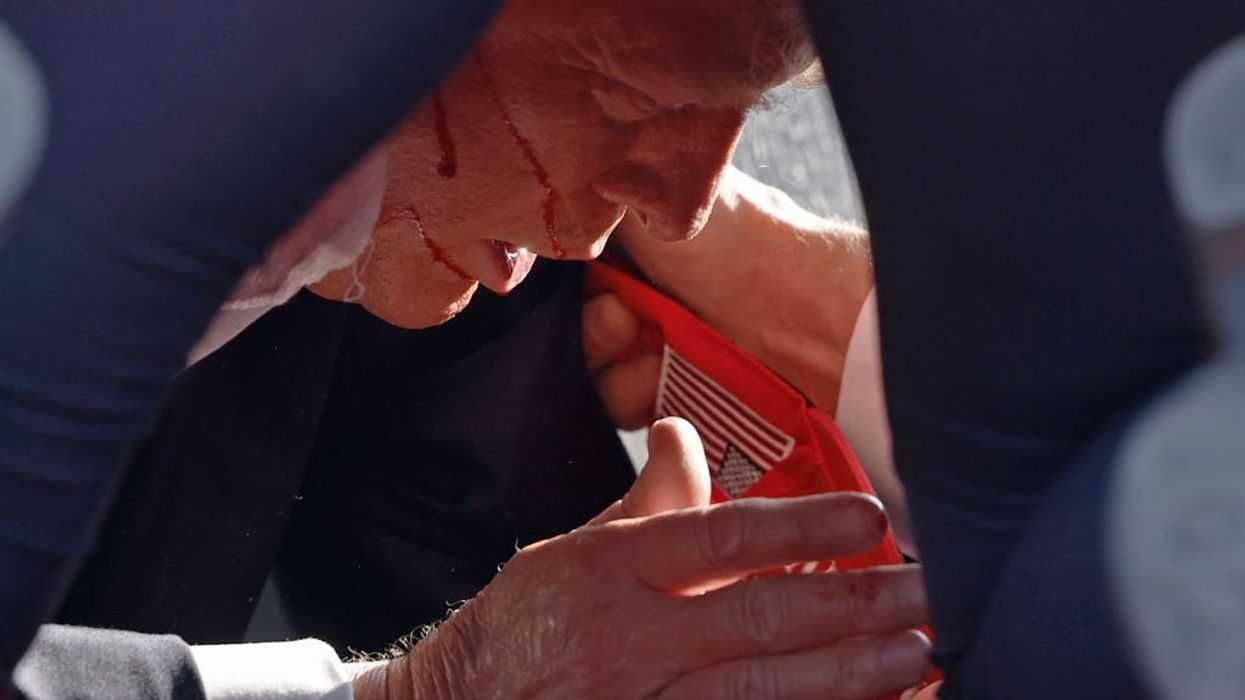The New York Times has edited a piece it wrote on one of Kavanaugh's accusers, removing language that cast serious doubt on the accuracy of the accuser's story.
The author of the story later claimed on Twitter that the language had never been in the story to begin with — but multiple internet archives confirm that the paragraph was, in fact, in the original version of the story and has since been removed.
What happened?
On Sunday, The New Yorker published a piece by Ronan Farrow and Jane Mayer highlighting an accusation by Deborah Ramirez against Supreme Court nominee Brett Kavanaugh. That same night, the New York Times published an article covering the New Yorker story, in which they admitted that they were unable to confirm the details of this report.
Even more damaging to Ramirez's accusations, the Times stated that in the course of attempting to confirm Ramirez's account, they spoke to many people who indicated that Ramirez told them she wasn't even sure if Kavanaugh was the person who allegedly exposed himself.
The original version of the first New York Times article said:
The New York Times had interviewed several dozen people over the past week in an attempt to corroborate Ms. Ramirez's story, and could find no one with firsthand knowledge. Ms. Ramirez herself contacted former Yale classmates asking if they recalled the episode and told some of them that she could not be certain Mr. Kavanaugh was the one who exposed himself.
That paragraph appeared in the Sunday article, and again verbatim in a second article on Monday. However, the Monday article, which contained the most up-to-date account of events, was later updated to remove the text in question.
Here's a screenshot of the relevant portion of the original article from Monday:
 Image source: Screenshot of New York Times article
Image source: Screenshot of New York Times article
In the updated version of the Monday article, which underwent a substantial rewrite, the paragraph above, circled in green was gone. Likewise, the print version of Tuesday's New York Times omits this paragraph. However, the Times added the following paragraph defending The New Yorker and bashing Republicans for using its reporting to criticize Democrats:
For Republicans, the hearing and the women’s accusations are fraught with political dangers. In the #MeToo era, Republicans cannot afford to attack Judge Kavanaugh’s accusers. So they have instead trained their fire on Senate Democrats, accusing them of waging a campaign of character assassination, and on the news media — in particular The New Yorker. Many cited a Times article that said the Times had conducted numerous interviews but was unable to corroborate Ms. Ramirez’s story.
But the Times did not rebut her account and, unlike The New Yorker, was not able to obtain an interview with Ms. Ramirez.
The first version gave no indication that the Times had not contacted Ramirez directly. The updated version did not include an editor's note revealing that it had been updated.
The site NewsDiffs, which tracks changes that have been made to news articles over times, likewise confirms that the Monday article was substantially rewritten, and that the paragraph circled in green was removed entirely. You can see the full NewsDiffs result here. As seen in this screenshot, the paragraph circled in green was summarily removed from the story.

CNN's Michael Smerconish discovered the inconsistency and tweeted about it:
The first version of Monday's story was written by Times congressional correspondent Sheryl Gay Stolberg. The second updated version of the same story had both Stolberg and Catie Edmondson in the byline.
On Tuesday, Stolberg responded to Smerconish's tweet, claiming that the section in question was not "deleted," but "was never there in the first place."
However, archived versions of the original article debunk this dubious claim by Stolberg. TheBlaze has reached out to the New York Times for comment, but has not yet received a response.
You can read both versions of the New York Times article from Monday below. The first version:
FIRST VERSION - Brett Kavanaugh, Facing New Allegations...Will Not Withdraw - The New York Times
And the edited version:
Brett Kavanaugh Vows to Fight ‘Smears’ ...Will Not Withdraw - The New York Times

 Image source: Screenshot of New York Times article
Image source: Screenshot of New York Times article







